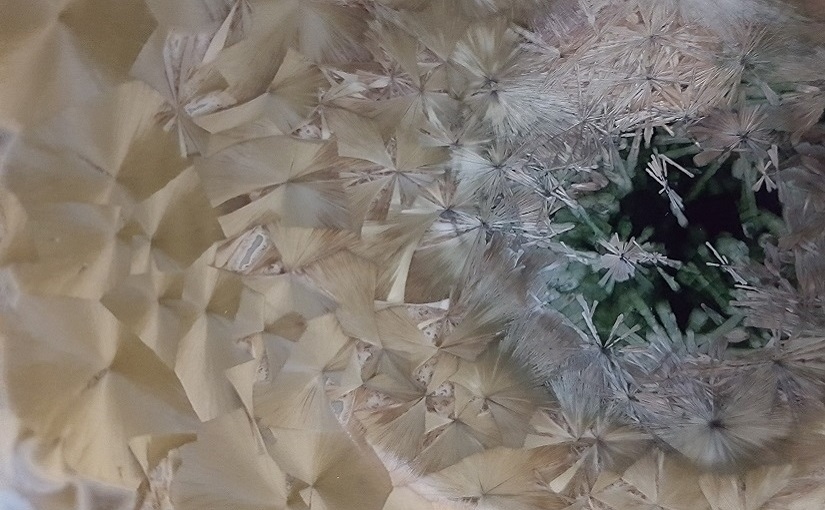Conversations about art can always circle back to the fundamental question of what it’s all about: why we’ve pursued this process of representing our perceptions of reality; what it means or adds to personal or collective existence; and how essential it might be to human society (see Note One). Some chart the paths of civilisations by their cultural ideas and conversations, asking what all this tells us about how people lived.
In many ways, art tends to reflect the forms and preoccupations of any given time, using the materials and techniques available to explore what’s meaningful within that society. It’s a conversation that can move culture forward by deconstructing its main concerns; contemplating different perspectives; focussing in on values, stories, and what seems to matter most (Notes Two).
That’s clearly a process that stands back from life, the artist being this slightly removed figure who sees life differently and offers their view of things to challenge or enrich the understanding of others. Maybe a ‘good artist’ is someone saying what others are ready to hear, someone grasping the most pertinent issues and tapping into the feeling of their age.
Yet it’s something we can all do: express our views, craft an image in response to modern life, draw to ourselves those forms and symbols we feel best represent how we want to be seen (Notes Three). We’re under such pressure to be intensely aware of image and highlight our alignment with certain causes, interests or agendas. Life becoming this finely honed mask we use to personal or social ends.
So the field of art is presumably now a little inundated with individual perspectives plus all those constantly shifting trends and updates that feed the industries they sustain (Notes Four). Within all that, does art stand out as different and can it still offer valuable insight into society?
For me, it comes back to this question of what lies within this process of reflecting on how we live: this detached exploration that seeks to influence society only through creating greater awareness of itself. Can art give answers; can it tell us what to think or what conclusions to reach? Or does it serve us better by simply showing reality in a new light, offering a fresh or timely perspective?
Our individual relationship to art and the artistry we employ in self-image may reflect more our personal concerns and priorities; beyond that, there’s surely this sense of where we are as a society and the conversation we’re having at that level. But, even there, can art ever do more than let us see things for what they are?
Often it seems we want artists to be activists; to give solutions alongside their perception of reality. Yet maybe, as with the Sphinx, that’s never quite been the role of cultural life? That said, hopefully art can still break through the seemingly endless chatter and distraction of life with something powerful enough to stop us in our tracks if that’s truly what society needs.
Notes and References:
Note 1: How well does art relate to life?
Note 2: Culture, art & human activity
Note 2: Aesthetic value of nature
Note 3: Thoughts on art & on life
Note 3: Fashion, self & environment
Note 4: Culture selling us meaning
Note 4: Missing something with modern culture?
Note 4: Art, collaboration & commodification
Note 4: How it is / Selling out

